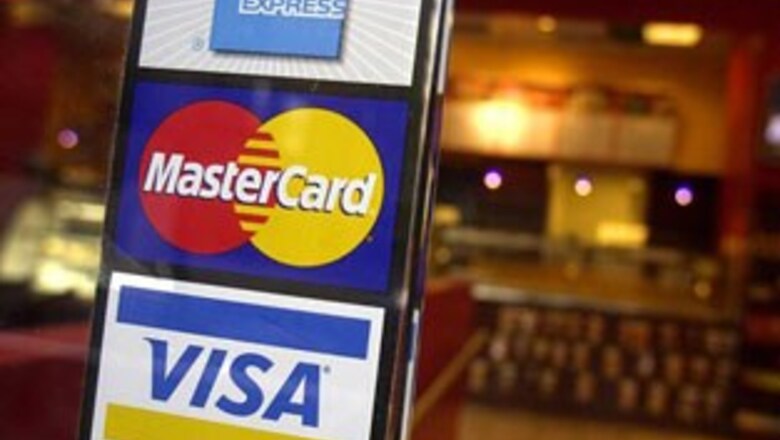
views
Credit cards are like double-edged swords; if you are not careful you can get hurt. Now that you have been warned, take a look at your credit card features closely and you will find ways to use it to your advantage.
Before we begin, let us get an answer to one basic question: What is a credit card? It is a loan which you can take when you swipe the card and you repay the money when the bill comes. The good part about this kind of facility is that you can actually enjoy an interest free loan. How? By paying up during the 'free credit period'.
What is free credit period?
The credit card companies offer you an interest free credit period of anywhere between 20 and 52 days, after you swipe your card. The terms vary across different credit cards.
How do you know what is your free credit period?
Your credit card company, generally, follows a monthly billing cycle. You will get bills or credit card statements on a particular day of every month. The bill will mention the due date within which you need to make the due payment. Usually, you have around 10 to 20 days from the last day of the billing cycle to pay the charges.
The interest free period will work out to 40 to 50 days including the billing cycle plus the number of days leading up to the due date.
What is the advantage?
There are two advantages. The first, obviously, is that you get a little more time to pay off your bills. The second, is that you can use this as a free loan instead of dipping into your bank account.
How do you use it to your advantage?
The trick is to time your purchases in a way that you can get maximum free credit period. Of course, it's worth the effort only if you are making big ticket purchases, the interest cost on which would have otherwise been high.
Example: Let's assume the billing cycle starts from the 1st of every month ending at 30th of every month. That is, my bill for transaction from 1st May to 30th May will come on 1st June. Let us also assume that my bill due date is the 20th of every month, so in this case, it is 20th of June. So, if you make a purchase on the 1st of May, you will get to enjoy 49 days of interest free period. That is, 29 days before the billing cycle ends plus the 20 days you get before your due date for the bill amount.
On the other hand if you make a purchase on the 25th of the month your interest free period will be only 25 days (5 before the billing cycle ends and the 20 days before your due date).
How does this benefit you financially?
Let us look at this example:
Situation 1: On 1st May, you buy a plasma TV costing Rs 1 lakh in full cash, that is, by issuing a cheque out of your bank account.
Situation 2: On 1st May, you buy the TV using your credit card and avail a free credit period of 50 days. That means, the Rs 1 lakh is still in your bank account for 50 days. At an interest rate of 4 per cent on a 50 day deposit, the interest works out to Rs 300.
Situation 3: Instead of 1st May, you buy buy the TV using your credit card on 25th May and avail a free credit period of 25 days. That means, the Rs 1 lakh is still in your bank account for 50 days. At an interest rate of 4 per cent on a 50 day fixed deposit, the interest works out to Rs 150.
Are there any terms and conditions?
Fine print has a way of getting in the way of happiness. To avoid this, scan the terms and conditions of the credit card company carefully. It, usually, mentions that the free credit period will cease to exist if you carry forward balance from the previous month. That is, you need to make your card payments in full each time to be eligible for this feature.
In all, judicious use of the credit card will provide you the maximum free credit period on your card. So, the next time you go shopping, time your purchases in such a way that you get the maximum credit free period.



















Comments
0 comment